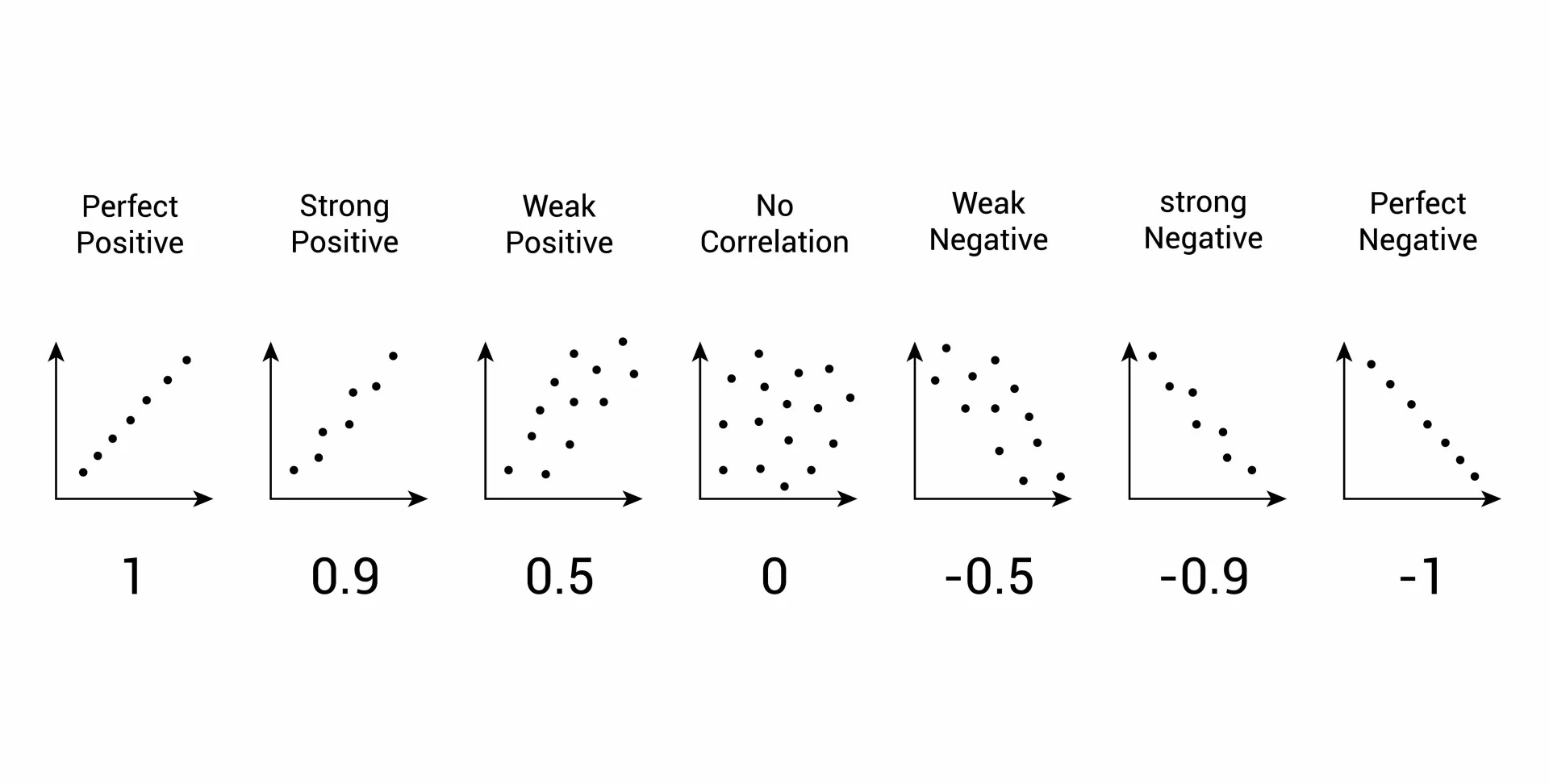Understanding Correlation vs. Autocorrelation in Data Science
Wed, 16 Oct 2024

Follow the stories of academics and their research expeditions

Reliability engineering is a specialized field within systems engineering that focuses on ensuring the ability of equipment to function without failure over a specified period of time. It emphasizes preventing or reducing the likelihood of failures, identifying and correcting causes of failures, and estimating the reliability of new designs. Reliability is closely related to availability, which refers to the ability of a component or system to function at a specified moment or interval of time.
Reliability is defined as the ability of a component or system to meet performance standards over a specified period under normal operating conditions. It involves calculating the probability that a system will work properly after a certain number of hours or days of use. Reliability should not be confused with durability, quality, or availability, as each concept has distinct characteristics and focuses.
Reliability engineering plays a crucial role in ensuring product quality, reducing maintenance costs, and improving overall system performance by managing risks associated with equipment failures
Wed, 16 Oct 2024

Wed, 06 Mar 2024

Leave a comment